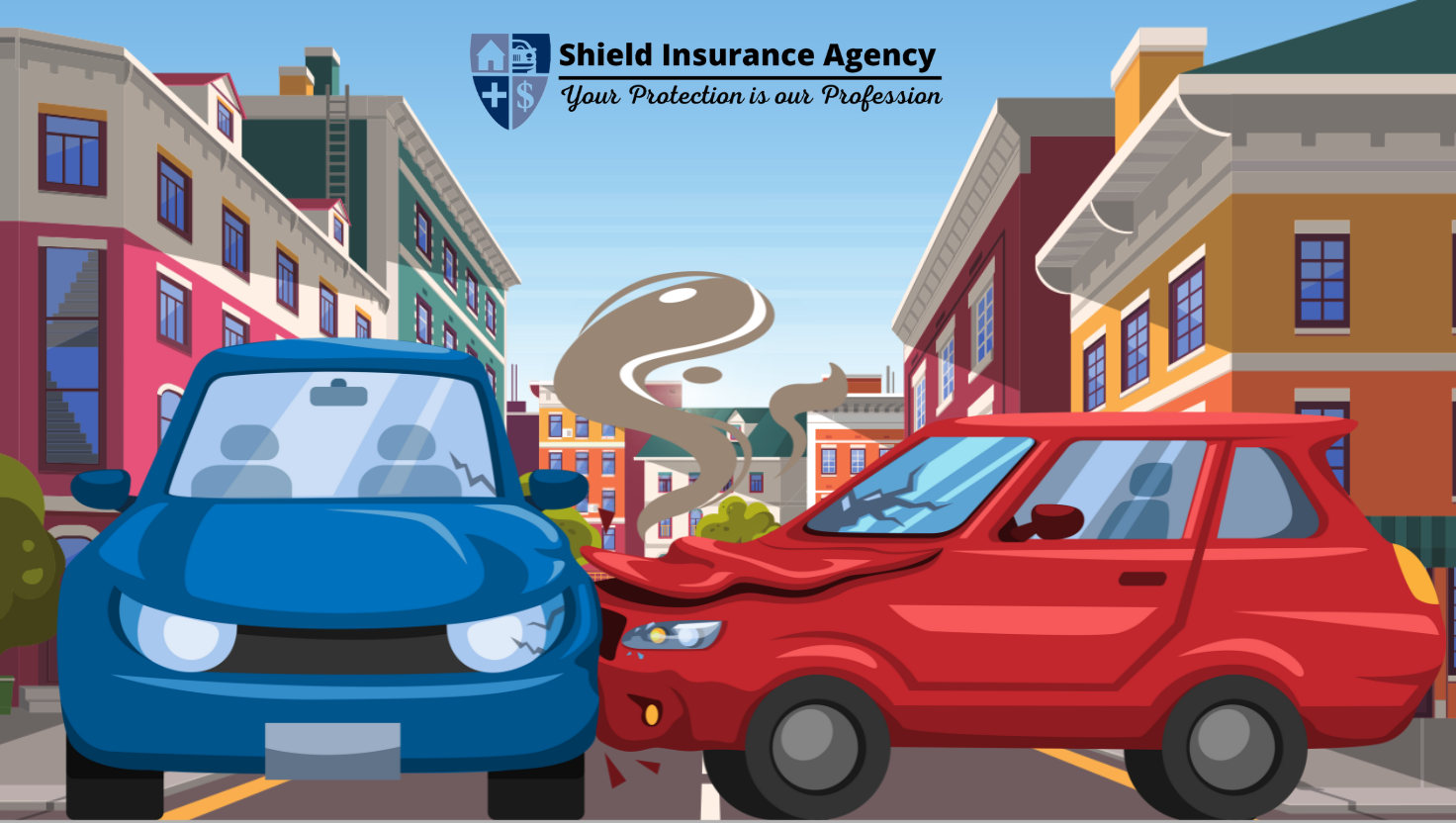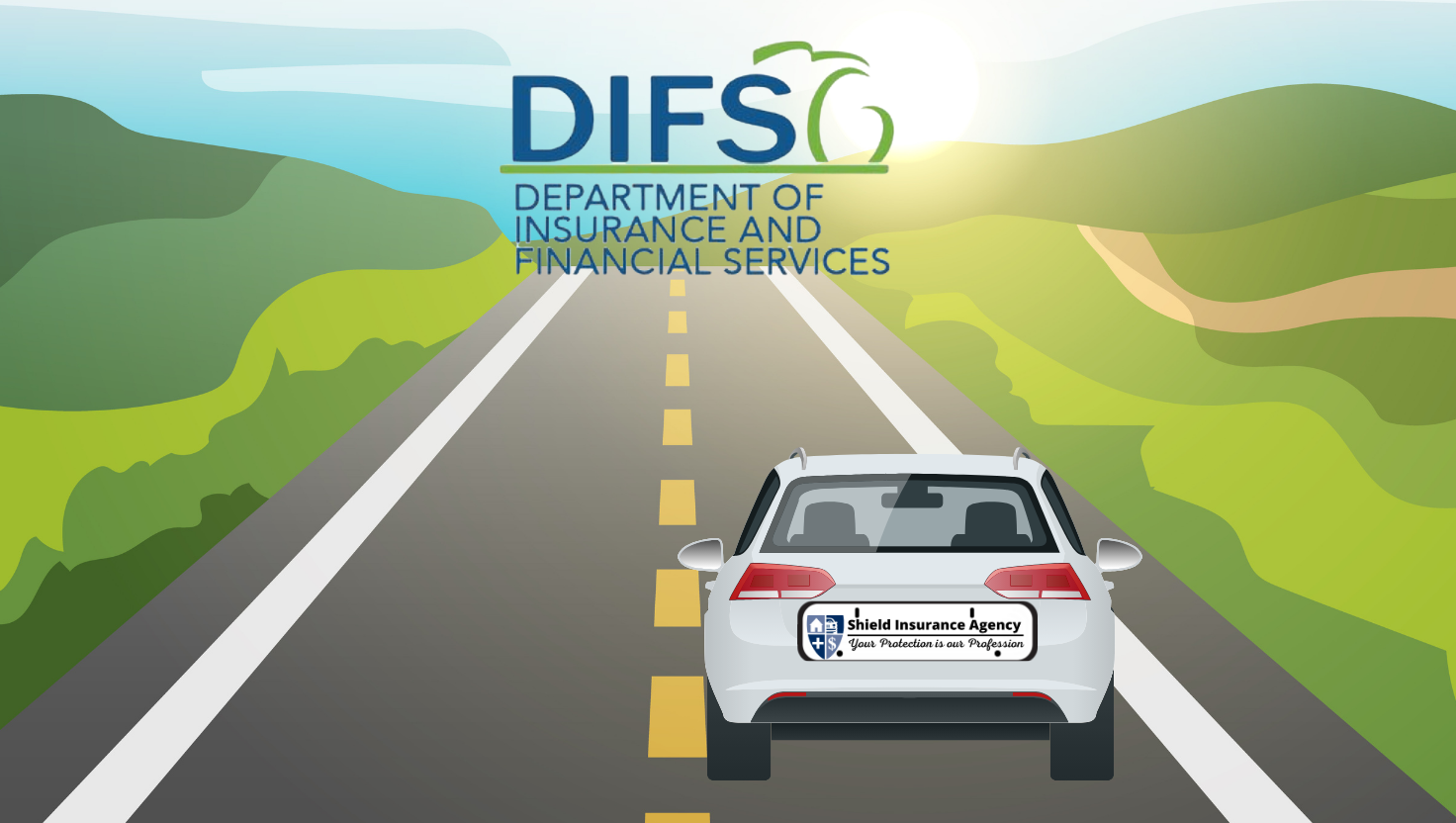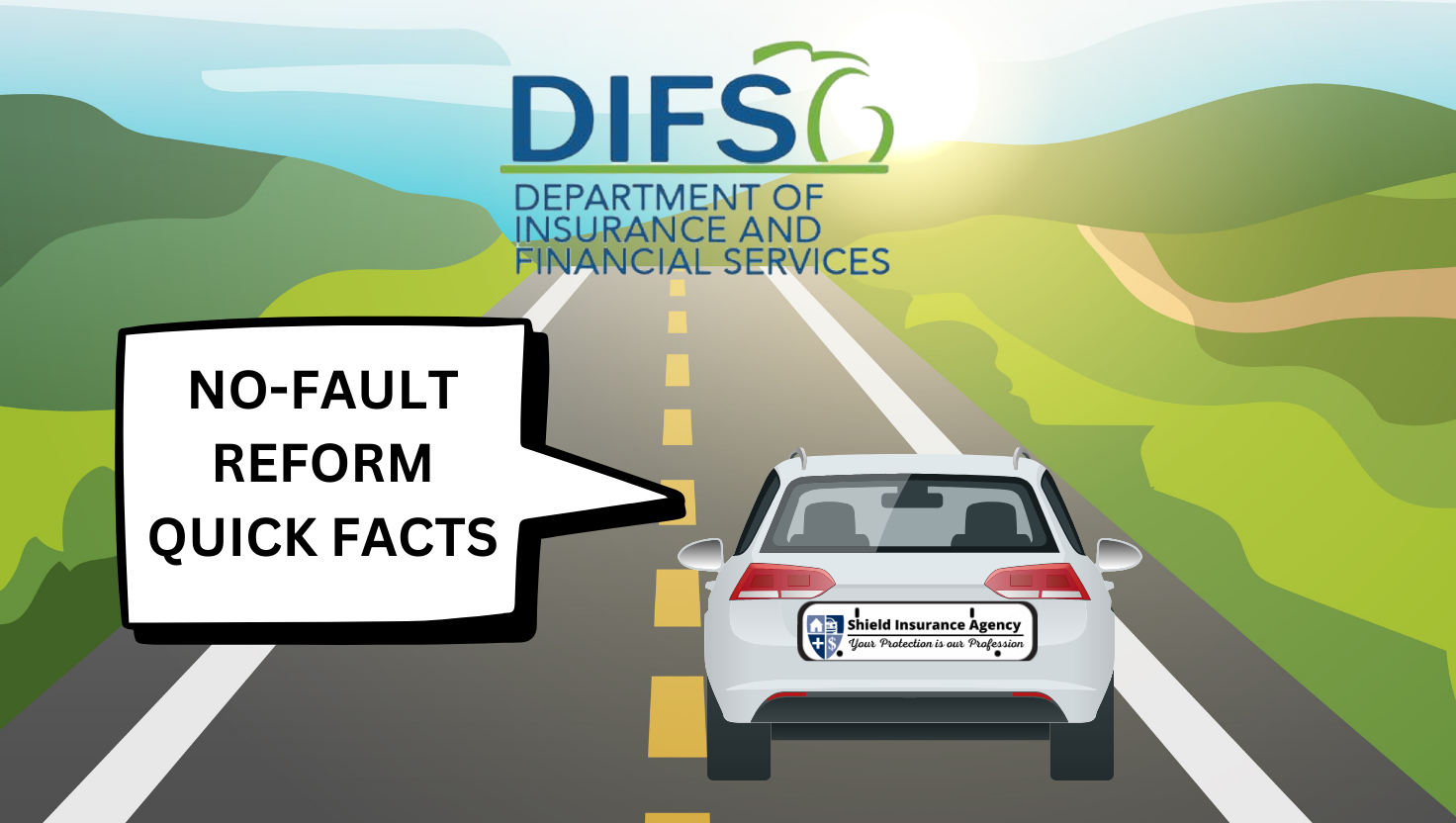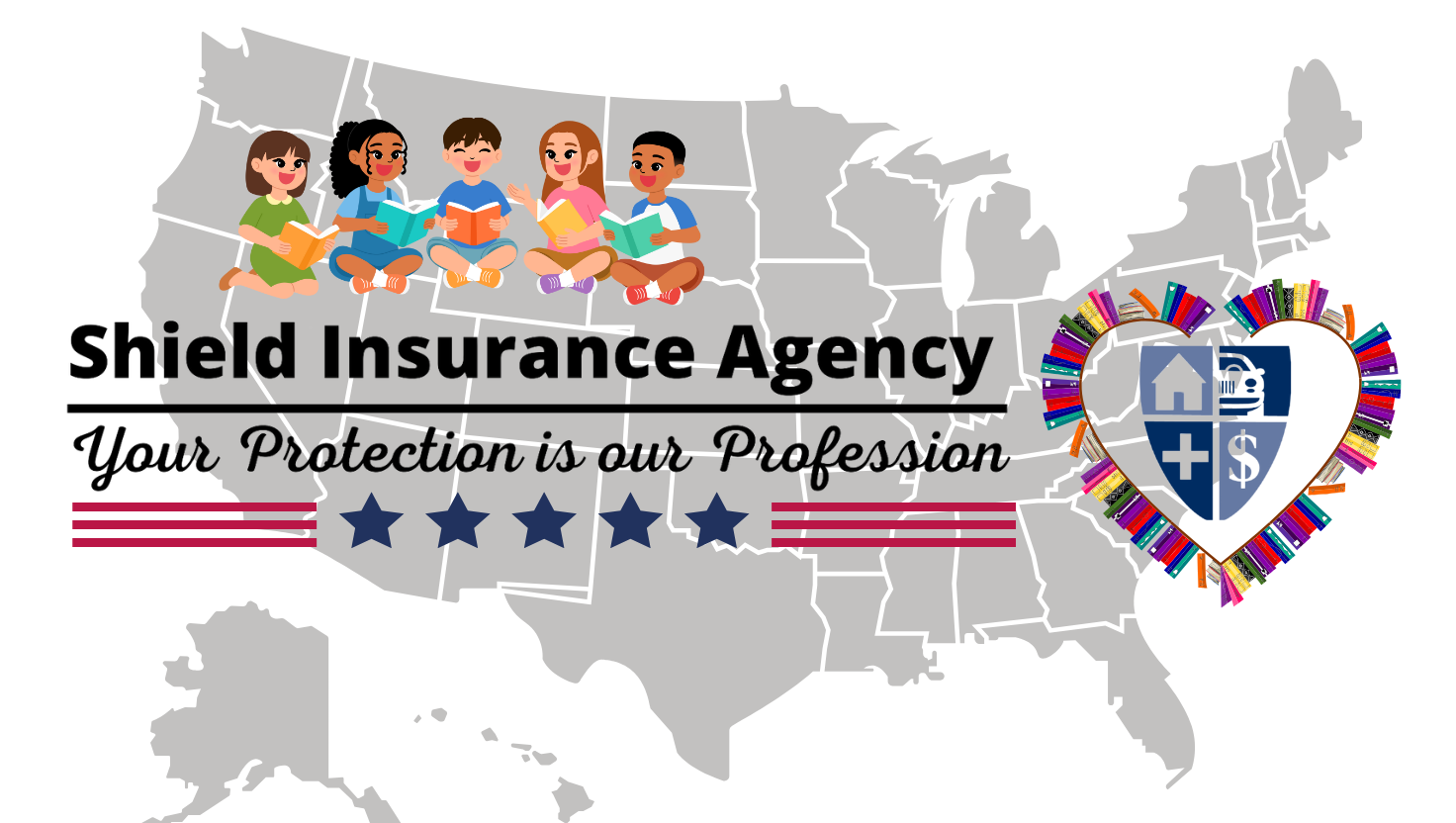8 lesser known home insurance facts: what you should know
Having home insurance can help keep you financially sound when disaster strikes. It covers damages to your abode, protects your belongings, and safeguards your liability — but there are more obscure areas of coverage you may not be aware of. That’s why we’ve compiled a list of 8 lesser-known (but nevertheless crucial) home insurance facts you should know about.
1. an insurer cannot cancel your home insurance policy without a good reason
If your policy has been active for more than 60 days, your insurer cannot legally cancel it, unless you fail to pay your premium, lie on your application, or commit fraud.
Your insurance company can, however, decide not to renew your policy — typically around the one-year anniversary of its start date. In most states, a homeowners insurance company has to give at least 30 days’ notice to the insured as well as an explanation for why the policy has been non-renewed.
If you receive a notice of non-renewal, don’t fret! It doesn’t necessarily mean you did anything wrong, nor does it mean you won’t be able to find insurance elsewhere. It could be that coverage is simply no longer available in your region, or your property no longer fits your insurer’s guidelines. In any case, there are options at your disposal and ways to bounce back if your home insurer decides not to renew your policy.
2. certain dog breeds can make it difficult to buy home insurance
No one knows how slobbery and cuddly your wolf-coyote hybrid is better than you. But you might run into complications when trying to find adequate homeowners coverage for your beloved pooch’s breed. The average homeowner’s insurance policy includes liability coverage for all household members, which is why insurance companies are on guard when it comes to particular dog breeds they’re willing to insure — especially when you consider the fact that dog bites account for a third of all liability claims, each averaging $30,000. For this reason, most home insurers won’t provide coverage if you have a pit bull or the aforesaid wolf hybrid. Other blacklisted breeds typically include:
- Rottweilers
- German Shepherds
- Akitas
- Staffordshire terriers
- A cross-mix of any of the above breeds
Rules for how insurers can regard certain dog breeds vary by state. In Michigan, for instance, an insurance company cannot deny coverage based on your canine’s breed alone, but you may see a higher premium.
3. your credit may have an influence on your premium
As you may already know, your credit history wields influence in various venues of your financial life — from apartment rentals to the interest rate on your leased car. But did you know it could also affect your home insurance premium?
Roughly 85 percent of home insurers use certain attributes of your credit score to create what is called a “credit-based insurance score” (CBI). That’s because studies show a strong correlation between someone’s financial risk and the likelihood that he or she will file a claim.
This isn’t necessarily a bad thing though. According to the Property Casualty Insurers Association of America, studies have shown that most policyholders get a better deal when CBI scores are used to determine a premium since there’s greater accuracy.
However, there are a few states, including California, Massachusetts, and Maryland, that prohibit insurance companies from factoring in a credit history to set policy rates. If you live in a state where the practice is permitted, you have the right to obtain your score through LexisNexis, and learn how different factors were used to determine your policy rate.
4. your lender can restrict the size of your deductible
The deductible is the amount you agree to pay for a loss before your insurance coverage kicks in. Many homeowners try to earn savings on their premiums by raising their deductible. But mortgage lenders typically won’t allow you to set your deductible at more than $1,200. That’s because your lender has a stake in your property too, and should anything happen to it, they want to have the peace of mind (much like you do) that the necessary repairs will be covered.
Moreover, they will likely require that they be listed as the “loss payee” on your homeowner’s policy — which means that if disaster rears its ugly head, the reimbursement would go to them, where they’ll ensure it’s used to repair the damage or pay off the loan.
5. maintaining a home inventory is paramount
Taking stock of all your belongings (that’s right, all your belongings) is very important. Not only does a home inventory give you an idea of how valuable your belongings are, but it’s also a helpful way to determine a sufficient personal property coverage amount. Additionally, having a record of your stuff can be very useful during the claims process if you ever experience a loss.
Recording the details of your items — from brand and model, to purchase price and serial number — is no simple task. But following some useful home inventory guidelines could mean the difference between financial hardship and quickly getting back on your feet if you ever need to file a claim.
6. you can reopen a claim after you’ve received reimbursement
If your home is damaged by a windstorm or fire, your homeowner’s insurance company will assess the loss, and reimburse you to repair or replace the damaged portion. But sometimes you may discover additional damage that had gone previously unnoticed. Luckily, you may be able to reopen the claim so that any supplementary damage can be addressed.
Bear in mind that, depending on the state in which you live, claims for damage usually have to be filed within a year of the loss date. If you’re ever unsure, your best bet is to contact your insurer or your state’s department of insurance.
7. your home remodeling project isn’t automatically covered
Thinking of building a front porch or constructing an in-ground swimming pool? If so, it’s always wise to notify your homeowner’s insurance company before you begin your project.
That’s because you’ll likely need to update your home insurance policy to reflect the additions and determine whether you’ll need financial protection during the course of the project. If you fail to do so and the project is damaged in the process, your renovation may not be covered. Additionally, you run the risk of getting dropped by your home insurance company. For this reason, it’s best to be totally up front with your insurer.
And before you commence the remodel, make sure all contractors and subcontractors involved carry their own insurance and ask to see physical copies of it. That should include both worker’s compensation and general liability policies. If they don’t have sufficient coverage, a worker could sue you if he or she gets hurt on the job.
8. adding home safety features could lower your premium
Many home insurance companies (including Esurance) offer discounts if you outfit your pad with security features, such as burglar alarms, smoke and carbon monoxide detectors, and water safety systems. That’s because these safety devices help safeguard the home against common perils, thus reducing the likelihood that you’ll have to file a claim.
In addition, you could earn savings if no one on your policy smokes, if your roof has hail-resistant shingles, or if you install storm shutters on your windows’ exteriors. The fewer risks there are, the more affordable your insurance rate is likely to be.
And at Esurance, the perks don’t just end there. For starters, you could earn savings the moment you purchase a policy with us, and if you go just one year without filing a claim, you’ll see your premium continue to go down. Plus, if you do have to file a claim (hey, it happens), our claim forgiveness program will prevent your premium from hiking up.
Get a fast, free homeowners quote today and learn about our other myriad discounts as well as wide-ranging coverages customized to fit your lifestyle.
Have questions or concerns about homeowners insurance? Feel free to give us a ring at 616-896-4600, where our agents are here to help you along the way.




























































